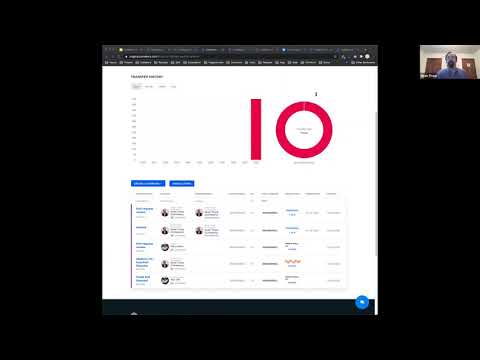@Qubeo we can discuss your request here. You wrote:
Dear Tiberius,
I have been reading your posts with enthusiasm for quite some time now.
In the meantime, we’ve been planning a project in Liechtenstein, that aims to interconnect several existing or emerging projects of the BlueLight fund (http://bluelight.li), like on demand 3D printing of sustainable clothing, modular housing, farmers marketplace etc., with the local economy and pilot towards a local currency (or current-see  ) ecosystem, connecting local producers (farmers etc.), municipality, local people, businessess and other institutions.
) ecosystem, connecting local producers (farmers etc.), municipality, local people, businessess and other institutions.
Community energy is also a part of one project, and we’re progressively coming to appreciate REA / ValueFlows as a way, that could help us create the internal accounting infrastructure for the projects (and possibly help move towards more distributed way of organizing), but also the more open “commons marketplace”.
Would you be open to chatting about your experiences in Sensorica, or perhaps even about possible ways we could be useful to each other? (We’d like to explore HoloREA for the implementation - Art offered us some consultations, so I’m looking forward to gain deeper insights into how to approach the whole endeavor.
Thank you for your interest. Yes, we can definitely arrange a date to talk, perhaps towards the end of the week, Thursday or Friday, before 4pm EST (Montreal time).
I don’t have too much time to engage in other projects, as I am facilitating some high pace projects within Sensorica at this moment. I can only free time to collaborate to develop the digital environment for Sensorica, as mentioned above. If you think that working with us can lead to the development of new tools that you can use, which I think it is the case for a lot of people here, we can definitely work together.
In my opinion, it is better to develop new infrastructure in the context of an existing organization that has already accumulated a great deal of experience with peer production, and transpose that infrastructure later to other new p2p ventures that have a very limited experience with p2p economics. Being experienced, sensoricans make better first users, they can provide meaningful feedback. Moreover, Sensorica’s processes are mature, are well designed and coherent with peer production, a better use case.
If you are just starting to operate as an open network I would highly recommend that you do not engage in infrastructure development separately. You will most probably fail or it will take you a lot more time than you think (I’d say at least 5 years, to get it right). It took us 11 years to get where we are now. Functioning as an open network or an ecosystem is changing paradigm. People go to business school to learn how to run a company. Imagine now that everything they’ve learned is pretty much useless in the p2p paradigm. You’ll find that same complexity but a very different logic. Take the probability of failure in traditional business and multiply that by 10 if you make your business a peer production venture of some sort. The best advice that I can provide is to work with organizations that already have experience in peer production, and transpose their experience to your case. You’ll save a lot of time and resources and most importantly you’ll have some probability of success.
You may think that I am biased because I have an interest to draw people in to advance Sensorica’s infrastructure. Trust me, during the past 10 years many people have come to me to learn about NRP and OVN and left to do their development on the side. Non of them have succeeded, not because the task is impossible, but because their have largely underestimated their lack of experience and the complexity of the work. p2p is quite new. Bitcoin is not a glitch in the Universe. Networks like this can be reproduced at will. We can port that model to material peer production and improve it. We’re just starting to understand how that is possible, but for the moment it’s largely a form of art.
I transferred your private message here because I think this task is huge, it requires a large group to work on it. If we discover that others are interested we can form that group and join forces to build these tool for us and for everyone else. Also, by having this discussions here, in everyone’s view, we can build a profile of this task, people can see how much interest there is, etc.
@nphias also wrote:
Hi Tiberius,
I would be interested in getting involved in the ERP /OVN conversion to Pospi’s HoloREA… i have started using the REA ontology in other holochain happs I am working on. I am quite well known in the holochain community and contribute code to open-dev with other holochain people like Guillem
Have joined in various discussions with Pospi and Lyn foster
Let’s have a chat?

 )
)
